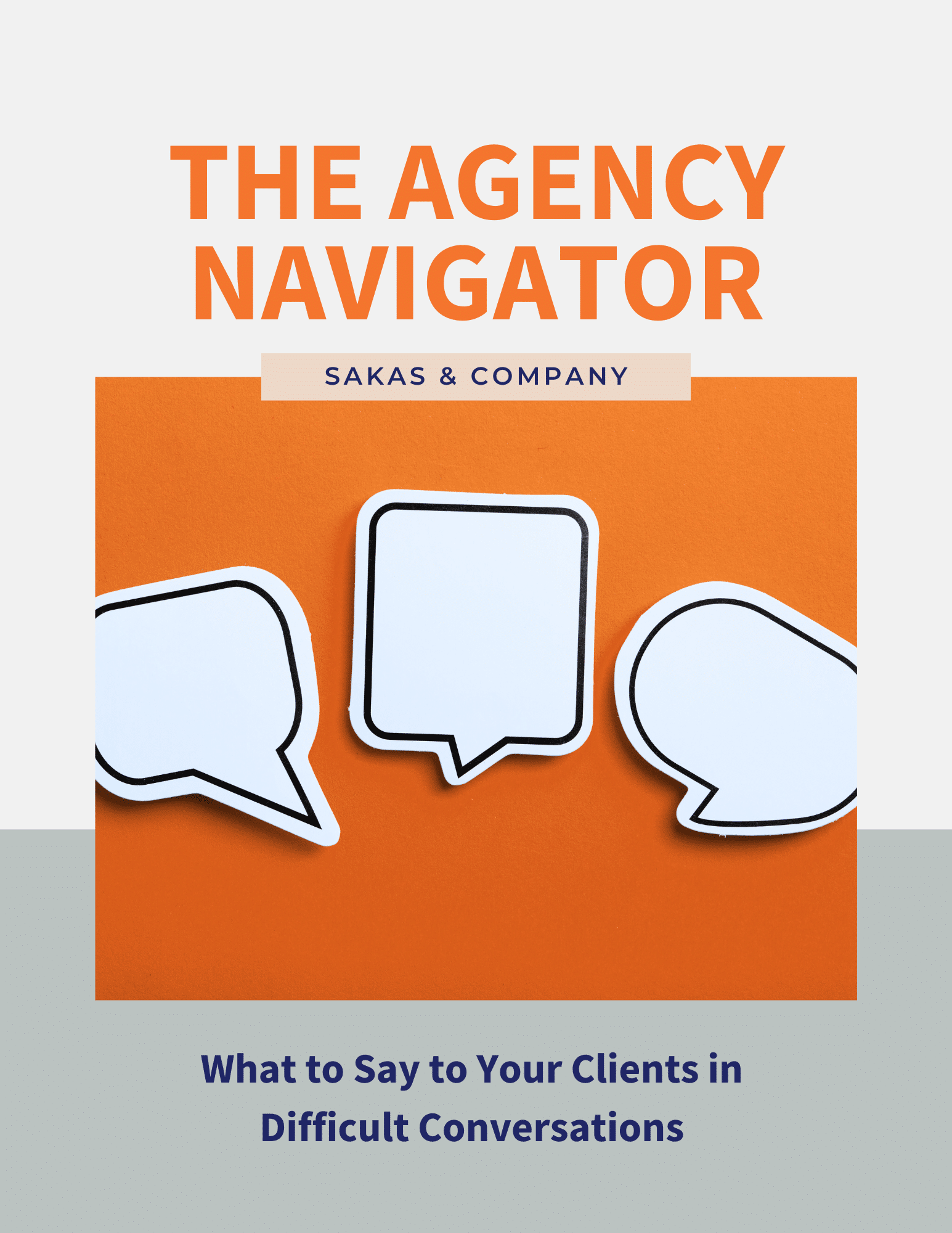I often receive inquiries about industry standards for website development, including pricing. A client recently asked me, “What’s the typical cost for website design, development, and production?”
The short answer is that a basic website can cost at least US$10,000, while a more complex website, such as a web application, can easily run over US$100,000. However, the price tag is influenced by various factors, such as the website’s complexity and the client’s expectations. [Last updated: October 2024]
In this article, I will delve into typical agency pricing tiers for website development. Nonetheless, keep in mind that pricing can vary based on several factors, such as the reputation of a specialist agency versus a new entrant to the market, and the availability of clients who are willing to pay the right price.
Website development isn’t always limited to a basic site, as more intricate sites may be required. Web applications, for instance, are complex sites that necessitate custom coding and involve advanced functionality, such as social networking, data management, or e-commerce. Due to their complexity, web application development typically incurs a higher cost than basic site development. However, the cost can vary widely depending on the extent of customization and functionality required. Therefore, clients must work closely with their chosen agency to ascertain the scope of their project and ensure they receive a fair price for the service and expertise they require.
Tiers of agency website pricing
I’ll assume your agency is pricing on an hourly basis (or on a milestone basis using an internal hours estimate). I list pricing in U.S. dollars; you’ll want to adjust if you price in another currency.
Under $10,000
This is what freelancers or Squarespace-based agencies charge. They aren’t going to be high in functionality, but the agency might use a nice-looking off-the-shelf template.
$10,000+
Unless an agency has extremely low-cost labor and strict project management controls, they shouldn’t charge less than $10,000 to design and build a quality site. If you charge less, you don’t have enough time to do the work.
At a low $125/hour, that budget translates to 80 hours. Once you subtract 16 hours for project management and client service, it leaves only 64 hours for the actual design, development, and launch. If you have two people working 15 hours a week, you’re out of budget by week three.
$25,000 – 50,000
At this level, agencies have budget to add some in-app functionality, such as customized tools. They can also do basic user testing. The agency might be doing some content creation, too.
If you charge $40,000 and assume $200/hour, that budget translates to 200 hours. Once you subtract 40-50 hours for project management and client service, that leaves 150-160 hours for design, development, and launch. This lasts longer than the $10K budget, even at a higher assumed hourly rate.
$100,000+
If a client is paying $100,000+ for a website, they’re likely getting custom back-end capabilities, strategic information architecture, great design, user research, content migration, more content creation, and what the client should perceive as an amazing client experience.
At $200/hour, that’s a 500+ hour budget. If the client isn’t local, that’s enough to do an in-person kickoff and potentially another in-person meeting or two.
$1 million+
There are a few agencies that charge $1 million or more for their websites. These are primarily corporate websites that use proprietary enterprise content management systems (CMS) with licensing fees that are already $100,000 or more. This budget likely includes travel for on-site meetings at the client’s office.
Pricing by page vs. custom templates
Several clients have asked about pricing websites based on the number of pages (e.g., 25 pages vs. 100 pages).
I don’t recommend pricing by the number of pages. Instead, price based on the number of custom templates you’re creating, since they will require design, development, testing, and quality assurance.
For example, a sample site might have five templates:
- Homepage template
- Top-level interior template
- Second-level interior template
- Landing page template
- Special template for the services section
These pages would be easily replicable (e.g., to add a new page that uses the landing page template), but the agency’s initial design and setup will take time.
However, you should use per-page pricing for content creation (and migration). Migration pricing will depend on whether it’s a manual migration or a mostly automated database-to-database migration.
Know what to expect from your market
All the averages in the world don’t matter if your prospects aren’t willing to pay a fair price.
Small businesses often want more than they can afford, so you may need to cut scope to fit their budget. You will also have to manage client expectations and be extra-vigilant on change orders.
Prospects in smaller markets tend to want to pay less. Prospects in New York tend to pay $200/hour for what anywhere else would be $125/hour.
For instance, I don’t think agencies should charge $5,000 for a website (their hourly-rate equivalent would have to be too low) but if your target market can only afford $5,000 websites, you need to decide if you’re going to play. One solution is to have a single person handle everything, to eliminate internal handoff complexity.
If you’re going the “squeeze the budget” route, project management is vital. A client who charged $10,000 for websites was having cash flow problems and a few projects that were dragging on. I did a Work Breakout (WBO) to dig into how much work those delays were taking, and discovered his team had delivered $27,000 in work on a $10,000 job. This was why it took longer and why he wasn’t getting cash fast enough. Once they fixed the over-delivery problem, things improved dramatically.
Other factors: Reputation, competition, and cost structure
Reputation matters. When your agency has a strong reputation, you tend to attract clients who are less likely to price-shop. This also tends to extend to having a client vertical specialization—if prospects see you as the perfect match, price isn’t the main factor.
Your competition matters, too—but you don’t always know what they’re charging. Most agencies don’t publish their precise web development pricing, so it’s hard to compare yourself to the competition. And there can be huge ranges—I worked for one agency that had an $8,000 minimum… and another that had a $75,000 minimum. Both used the same CMS technology and the same hourly rate assumption—the output was quite different.
Your labor cost structure can factor into this, too—if you’re paying contractors $15/hour, your labor budget will stretch more than if you’re paying contractors $75/hour.
Wherever you are now, take a moment to assess how your pricing compares to the typical tiers. If you’re undercharging and aren’t sure how to fix it, let’s chat.
Question: What do you see your competitors charging?
Image credit: Ladder photo by Anton Bielousov, via Creative Commons


